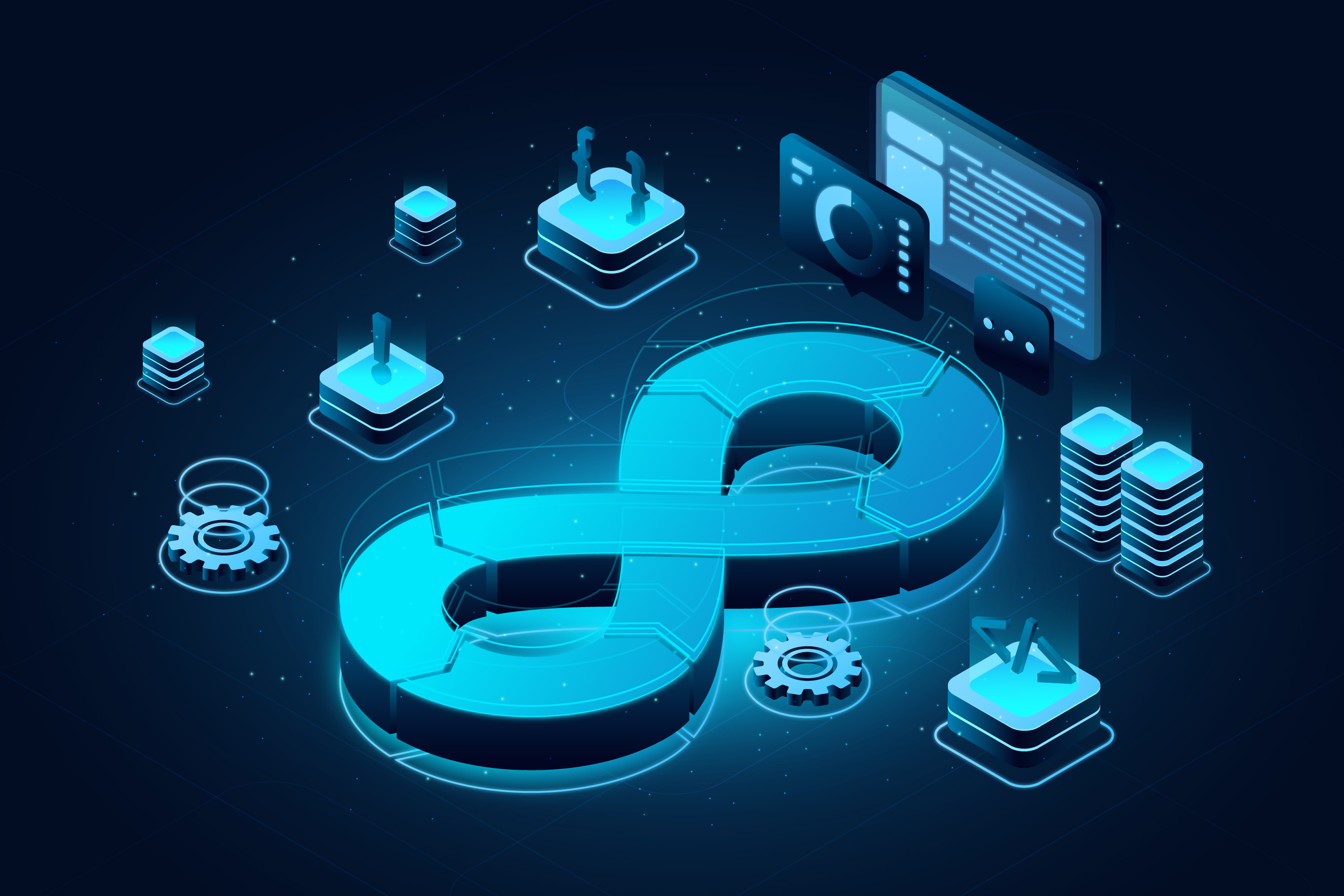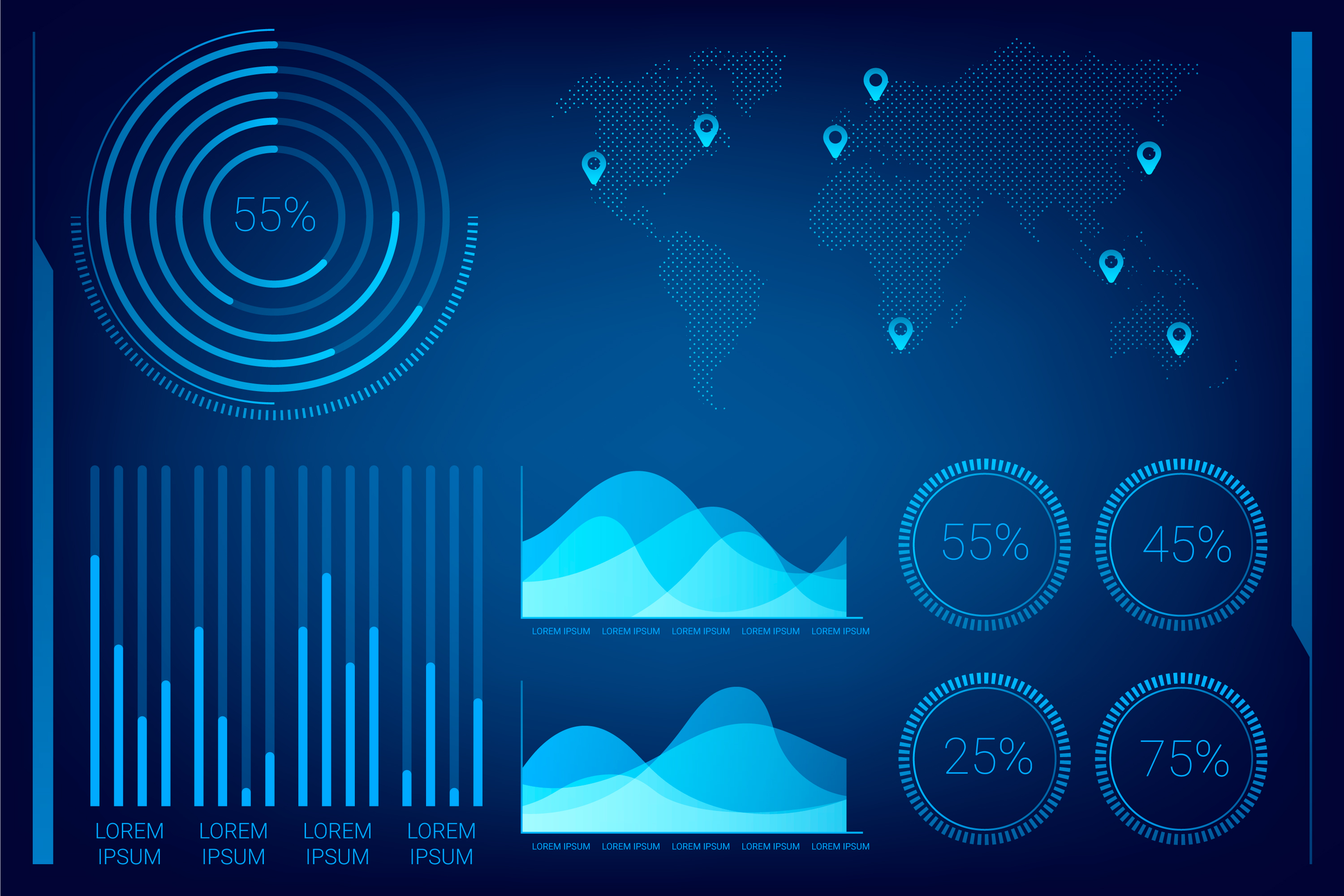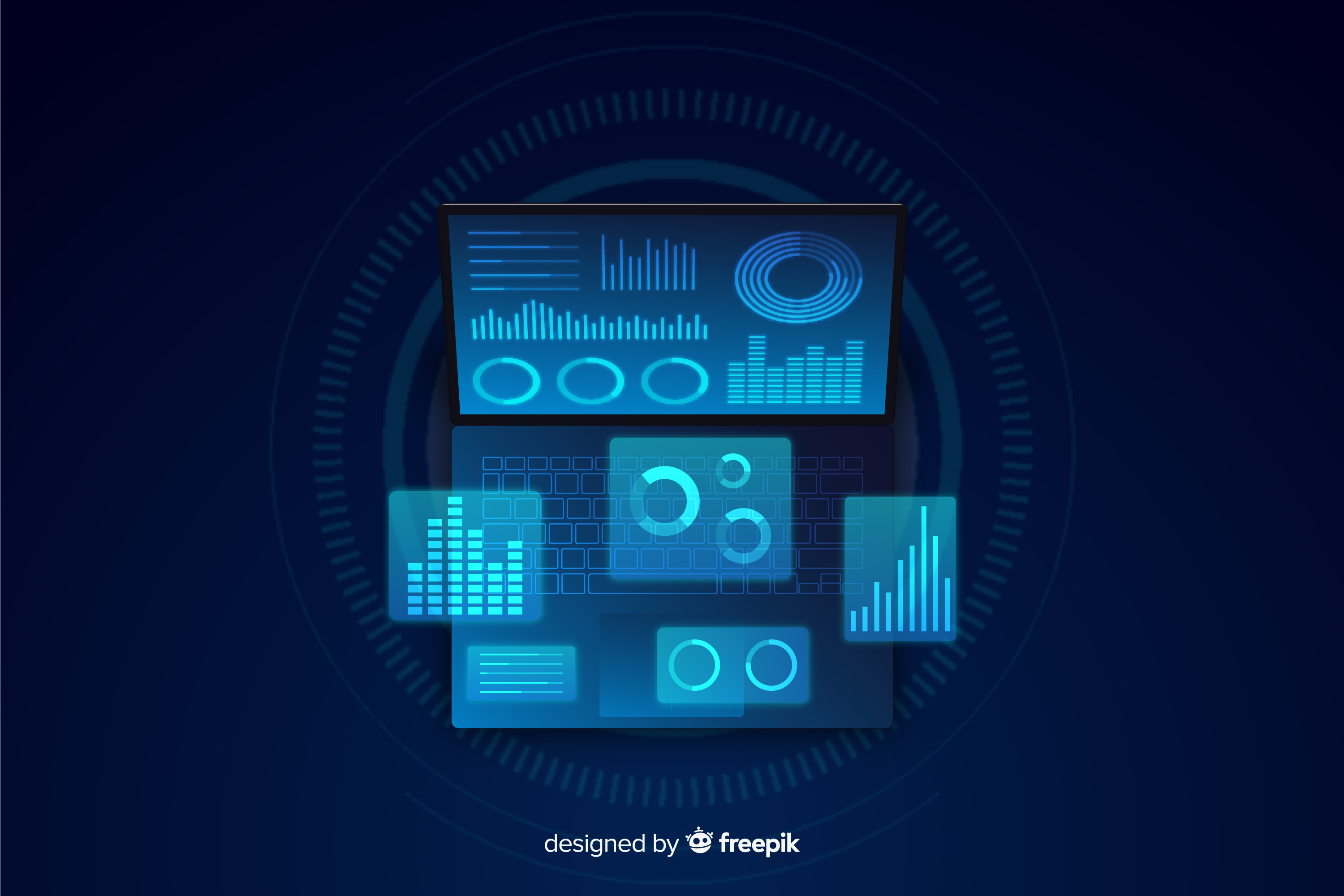DevOps & CI/CD Automation

1. Cloud Infrastructure Management
Designing, deploying, and managing cloud infrastructure on platforms like AWS, Azure, or Google Cloud Platform (GCP) to optimize performance, cost, and scalability for applications and services.
2. Containerization and Orchestration
Enabling the use of containers for application deployment and scaling, using technologies like Docker and orchestrating them with Kubernetes, ensuring portability, consistency, and automated scaling.

3. Automated Testing and Quality Assurance
Developing scalable and secure cloud-based websites and applications for flexibility and improved collaboration.
4. Infrastructure as Code (IaC)
Implementing Infrastructure as Code to automate and manage infrastructured employment using tools like Terraform, AWS CloudFormation, or Ansible. This ensures consistency, scalability, and efficiency in infrastructure management.
5. Security Automation (DevSecOps)
Implementing security best practices as part of the DevOps process (known as DevSecOps), such as automated security scanning, vulnerability assessment, and compliance checks using tools like OWASP ZAP, SonarQube, or Snyk.
6. Performance Optimization and Load Balancing
Developing scalable and secure cloud-based websites and applications for flexibility and improved collaboration.

7. Configuration Management
Automating and managing configurations for environments using tools like Chef, Puppet, or Ansible to ensure consistency across development, staging, and production environments.
8. Continuous Integration / Continuous Deployment
Automating the process of integrating code changes and deploying applications to production, ensuring faster releases and reduced manual errors. This includes setting up CI/CD pipelines using tools like Jenkins, GitLab CI.
9. Disaster Recovery and Backup Solutions
Developing disaster recovery plans and automated backup solutions to protect critical data and ensure business continuity, utilizing cloud-native backup tools and strategies like AWS Backup or Google Cloud Backup.